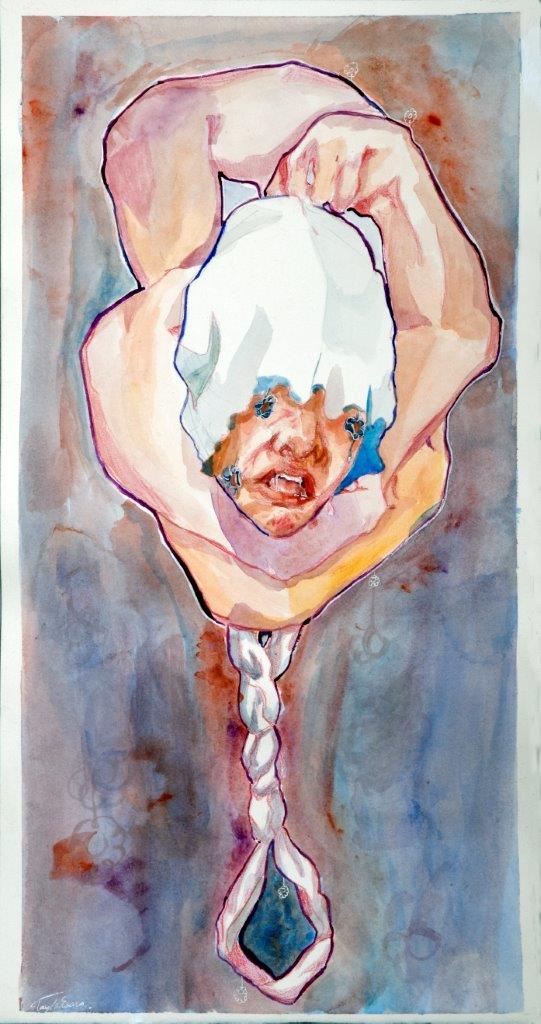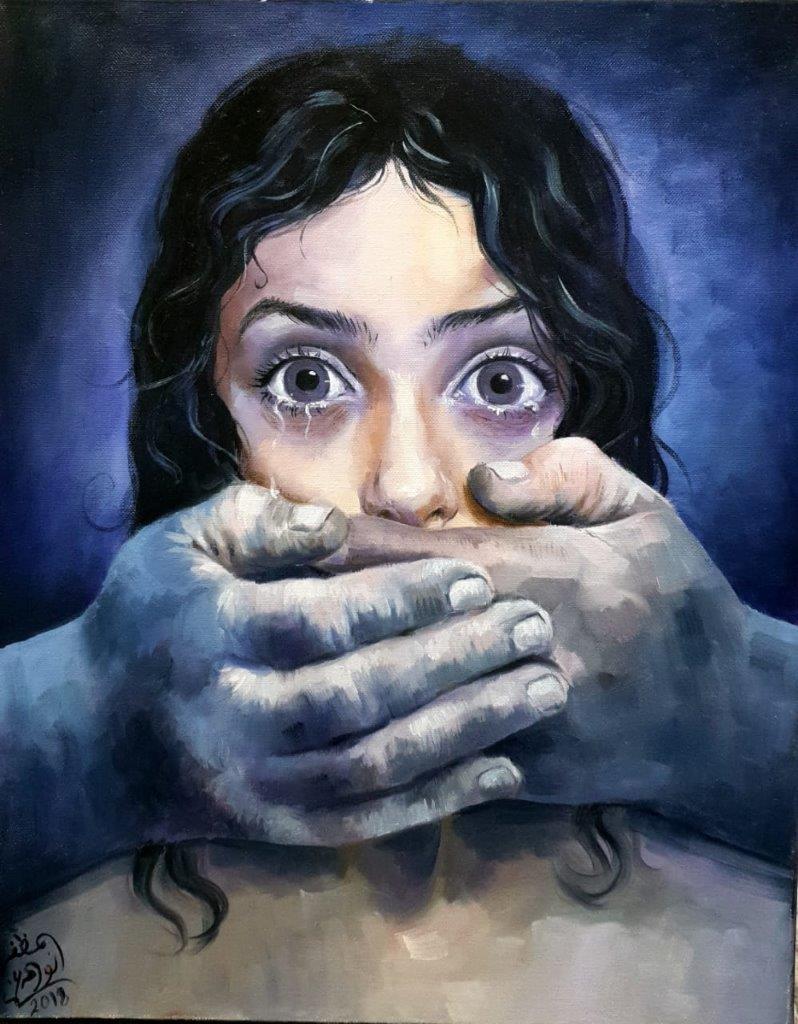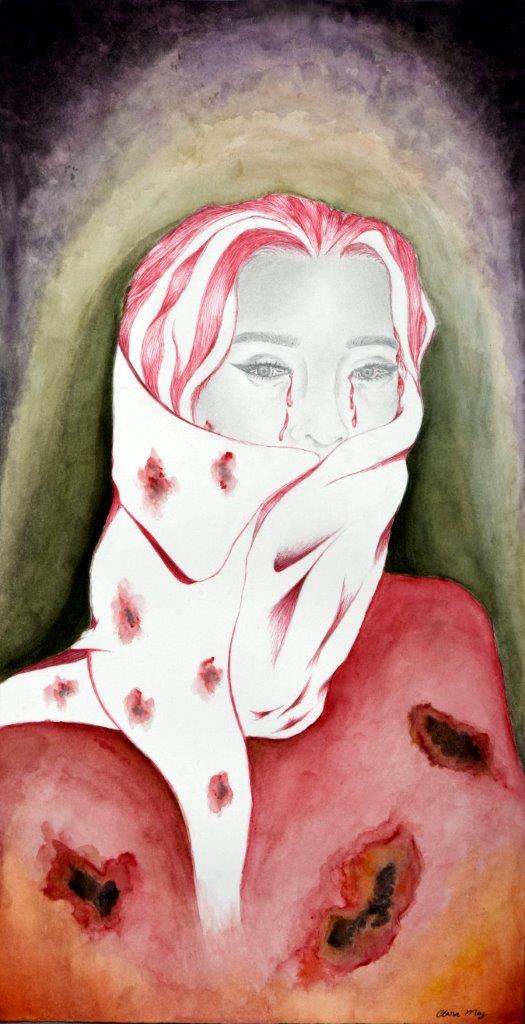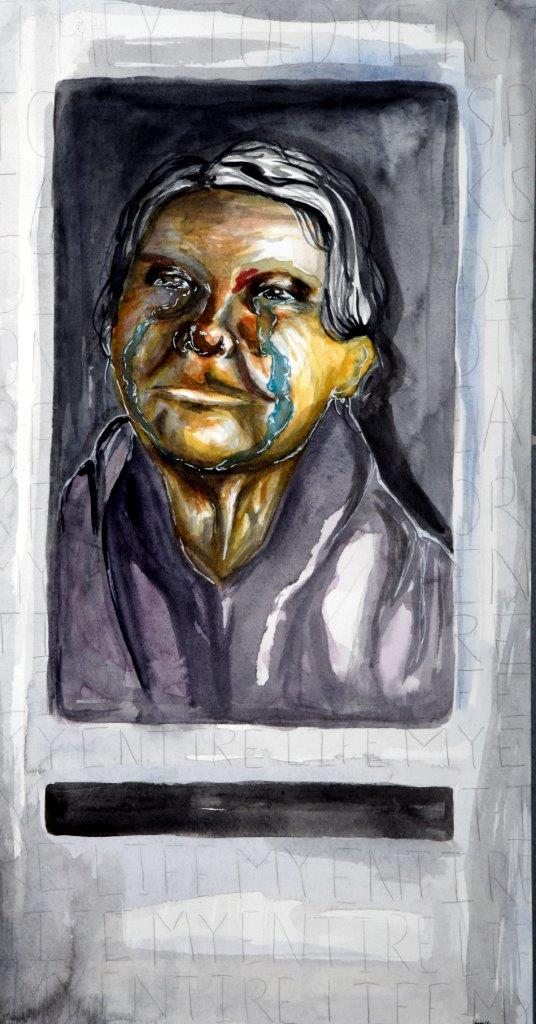
This exhibit casts a spotlight on the plight of victims and survivors of conflict-related sexual violence, as seen from the perspective of young, emerging artists from diverse backgrounds working in New York, as well as two young artists working in Iraq, a country torn by war.
The novel coronavirus pandemic has presented challenges to the entire UN system and humanity more broadly, including the UN mandate to end conflict-related sexual violence. UN Secretary-General António Guterres has urged warring parties to enact a global ceasefire so that the world unites in the face of this pandemic. In times of crisis, the most vulnerable pay the highest price; this holds true in times of pandemic. Survivors of conflict-related sexual violence are among those most at risk.
Many survivors of conflict-related sexual violence have been relocated into refugee and internally-displaced persons’ camps, transit centers, and sites for the protection of civilians. The outbreak of the coronavirus in any of these locations could have catastrophic consequences. The international community must be ready to meet the challenge of protecting these vulnerable populations from the virus while still delivering on their essential missions.
This exhibition was conceived by Special Representative Patten, after seeing the work of students at the Frank Sinatra School of the Arts, who decided to address the issue of sexual violence through their artwork. The students' works on display here were chosen through a selection committee chaired by Special Representative Patten, on the basis of both their artistic merits and ability to address this complex topic through visual art with a raw emotional impact.
Original music was also produced to accompany this exhibition by composer Carlos Aguilar, who was inspired by the students' work.
SEXUAL VIOLENCE IN CONFLICT
Throughout history, conflict-related sexual violence has been treated as an inevitable byproduct of war, the spoils of the victors, mere collateral damage, or a crime against morality and family honor. It has been the world’s least-condemned crime of war, shrouded in a conspiracy of silence that shields the perpetrators and isolates the victims from society, and even from each other.
Against this background, the past decade has seen a dramatic shift in paradigm and perspective, leading to the recognition of conflict-related sexual violence as a tactic of war and terror that demands dedicated attention, action and resources.























